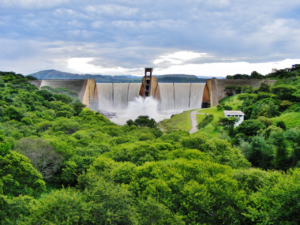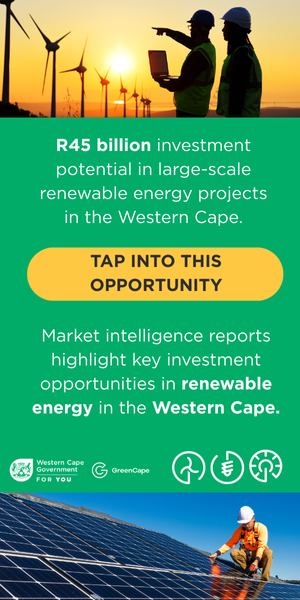Human activity has drastically increased our planet’s carbon level. NASA’s regular Carbon Dioxide measurements show an alarmingly upward trajectory with an increase in atmospheric carbon of 50% increasing the average global temperature. The effects have been disastrous with more forest fires, prolonged droughts, excessive rainfall, and aggressive heatwaves.
The rising carbon levels create tumultuous ripples in Earth’s complex weather ecosystem, hurting communities across the globe, especially in Africa. Africa contributes only 4% to global carbon levels yet climate change disproportionately affects the continent.According to the African Development Bank, Africa is home to seven of the ten countries most vulnerable to climate change, and 95% of the globe’s rain-fed agriculture is in sub-Saharan Africa, making local crops very vulnerable to shifting rainfall.The problem has many aspects, such as Africa’s massive reliance on combustible fuels and oil economies, or reluctance to fund African decarbonisation. But one area deserves more attention: water. The situation in Africa is influenced by many factors, such as Africa’s reliance on combustible fuels and oil economies, as well as the reluctance to help fund African decarbonisation. One area that is often overlooked is water.
Canary in the coal mine
Water is climate change’s canary. Excessive rainfall and prolonged droughts relate to changes in water systems. Civilisations primarily spring up around water, so changing water behaviour is a bellwether for sustaining the modern world. Water also offers opportunities to tackle carbon generation and usher nations closer to Net Zero status, negating the greenhouse gases they produce. Xylem consulted international experts to design a strategy that will help public water utilities and large water consumers adapt their systems to reduce carbon generation. The strategy, Net Zero: The Race We All Win, is a four-step approach:- Set realistic targets
- Optimise existing assets
- Prioritise capital planning
- Plan for the future.
Assets and technology
Asset optimisation is also crucial. Utility sites must last for decades, and sweat their pumps, pipes, mixers, bioreactors, and oxidisers. However, strategically modernising those systems delivers dramatic energy efficiency and carbon reduction improvements.Numerous utilities are using net zero plans to cut energy and maintenance costs. For example, variable-frequency pumps require less energy and maintenance, and many models work on solar energy.
Scottish Water used this approach to reduce energy usage by 40% and maintenance costs by 99%.As utilities stabilise their energy and maintenance requirements, they can prioritise capital planning. This step urges us to both focus on urgent requirements and maintain long-term carbon reduction. According to Belgium’s De Water Groep, this approach helps protect sites from continually making radical adaptations in response to extreme environmental shifts. Part of its process is to vet future projects on their energy-neutral and climate-neutral aspects, a space it can explore while it achieves greater asset optimisation. All three of these steps feed into the fourth step: planning for the future. Ultimately, aiming for Net Zero is an opportunity to revisit how we run our water systems. Some strategies include buying renewable grid energy and generating on-site renewable energy. New Zealand’s Watercare is helping lead the way. It has launched several solar sites, including the country’s first floating solar farm, and integrated its capital and operational strategies for better performance.
How can African utilities benefit from these steps?

Chetan Mistry, Strategy and Marketing Manager at Xylem Africa.








